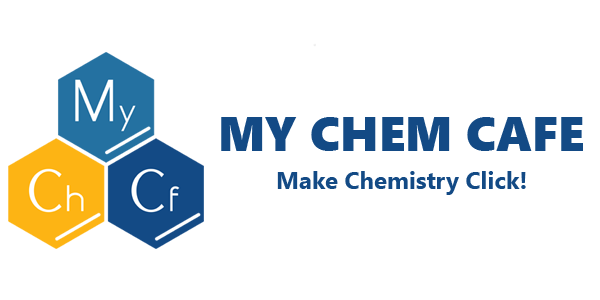22. Application of Chemistry to Nature
Have you seen a rainbow in the sky after a heavy rain and just stared at it in awe while wondering how the rainbow was formed?
Rainbows are formed when white light passes through a prism such as water vapor and is refracted by the prism. The light is then “bounced off” the surface of the prism which causes it to split into a combination of various distinct colors which we refer to as a rainbow. This formation of a rainbow can also be collectively called the visible light spectrum.
Wavelength and Visible Spectrum
In Chemistry tuition as part of the ‘A’ Level or IB Chemistry syllabus, students will be taught about the electromagnetic spectrum, about how different light are bent at different angles when passing through a prism, resulting in the formation of a continuous spectrum when white light is refracted after a rain.
Chemistry tutor will use methods such as the mnemonic “ROYGBIV” (Richard Of York Gets Big Indigo Van”) which represents each color of the rainbow to ease the effort of memorizing the colors that appear in the continuous spectrum to better aid students’ understanding of the concept.
Application of visible light spectrum to our daily life
Now that you know why we can see rainbows after a rain, we can apply the concept to other areas of our lives. One such example would be why plants appear green. Plants have leaves which contain a pigment called chlorophyll which absorbs light energy for the process of photosynthesis to produce food for plants. Chlorophyll absorbs all light in the visible spectrum except for green light which it reflects, thus causing a plant to appear green when we observe it. This highlights the concept that the color of an object that we see is actually the wavelengths of the light from the visible light spectrum that is reflected by the object and perceived by our eyes.
Chemistry tuition will help to educate students about the range of the wavelengths of light at which light is visible and not visible. Chemistry tutors will take the time to patiently explain that apart from light under the visible spectrum, there are also light such as ultra-violet light or infra-red light which cannot be seen as they are outside the visible light wavelength range. Under the ‘A’ Level or IB syllabus for Chemistry, students will be taught about the wavelengths of different kinds of light and whether they are visible or not.
By learning this topic, you will be able to understand why the color of the objects around you appear the way they do and next time you see a rainbow, you will be able to appreciate the science behind how it is formed!
Click HERE to read next
Chemistry Tuition Singapore @ MY CHEM CAFE
Principal Chemistry Tutor: Mr. Jacky Wong

